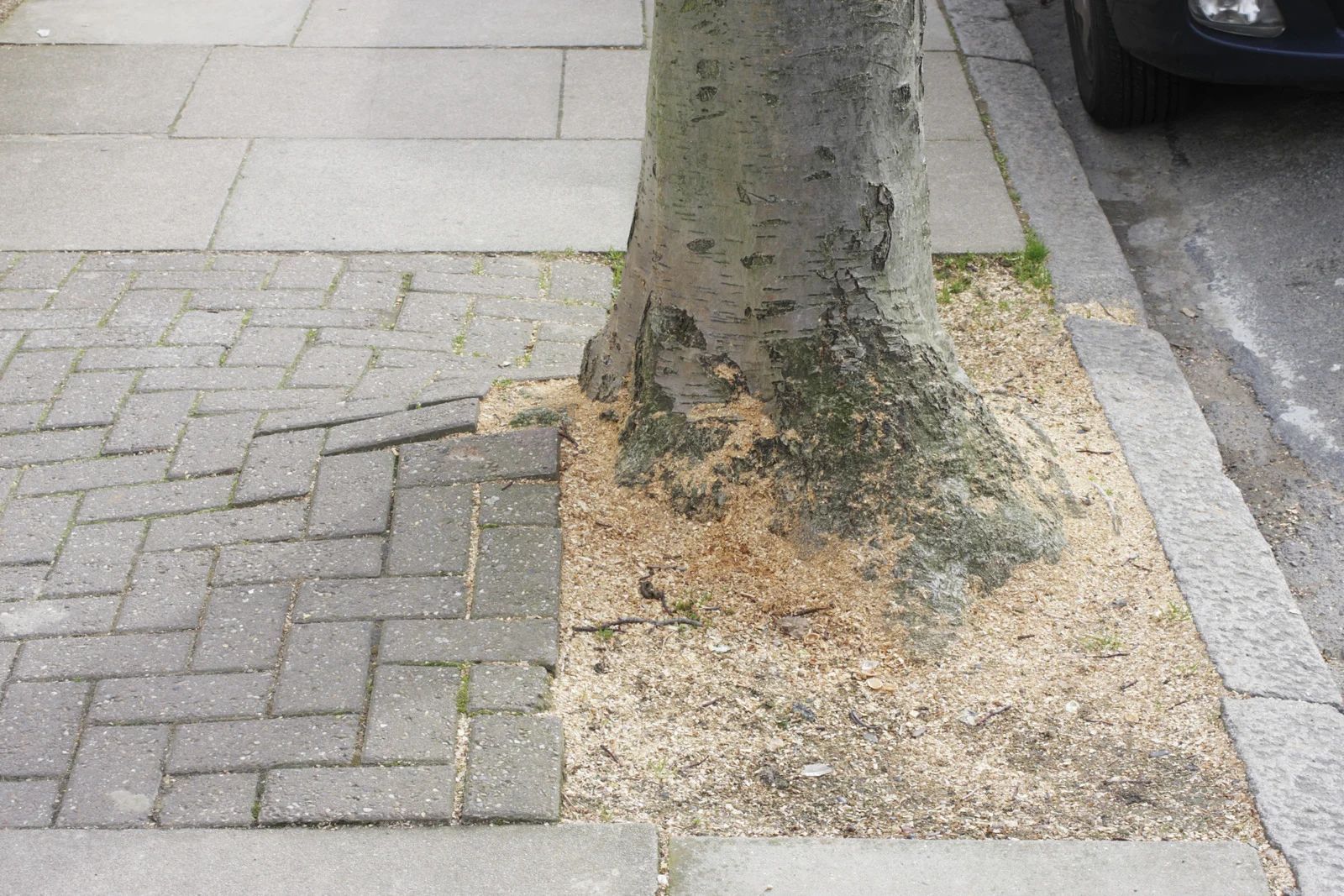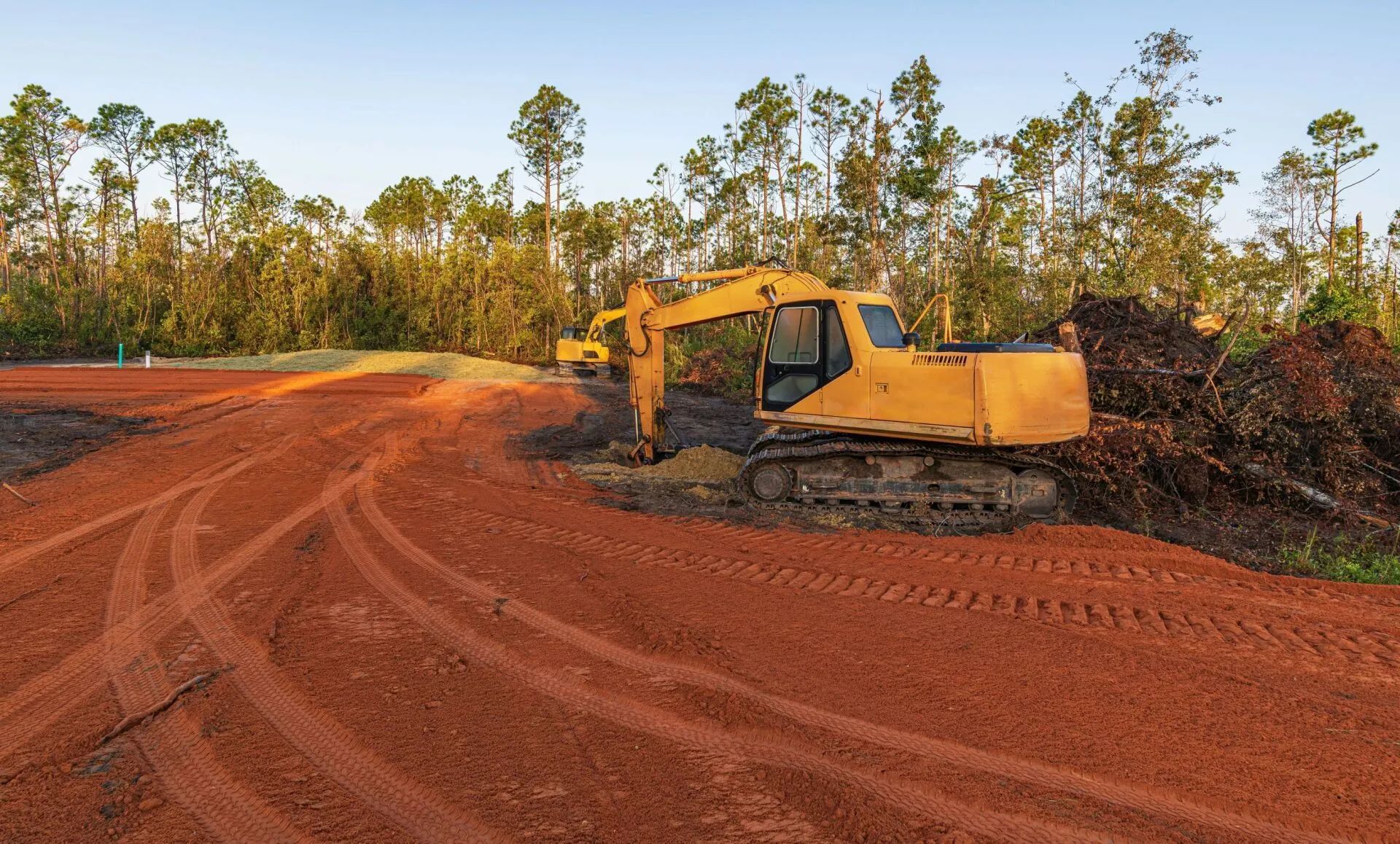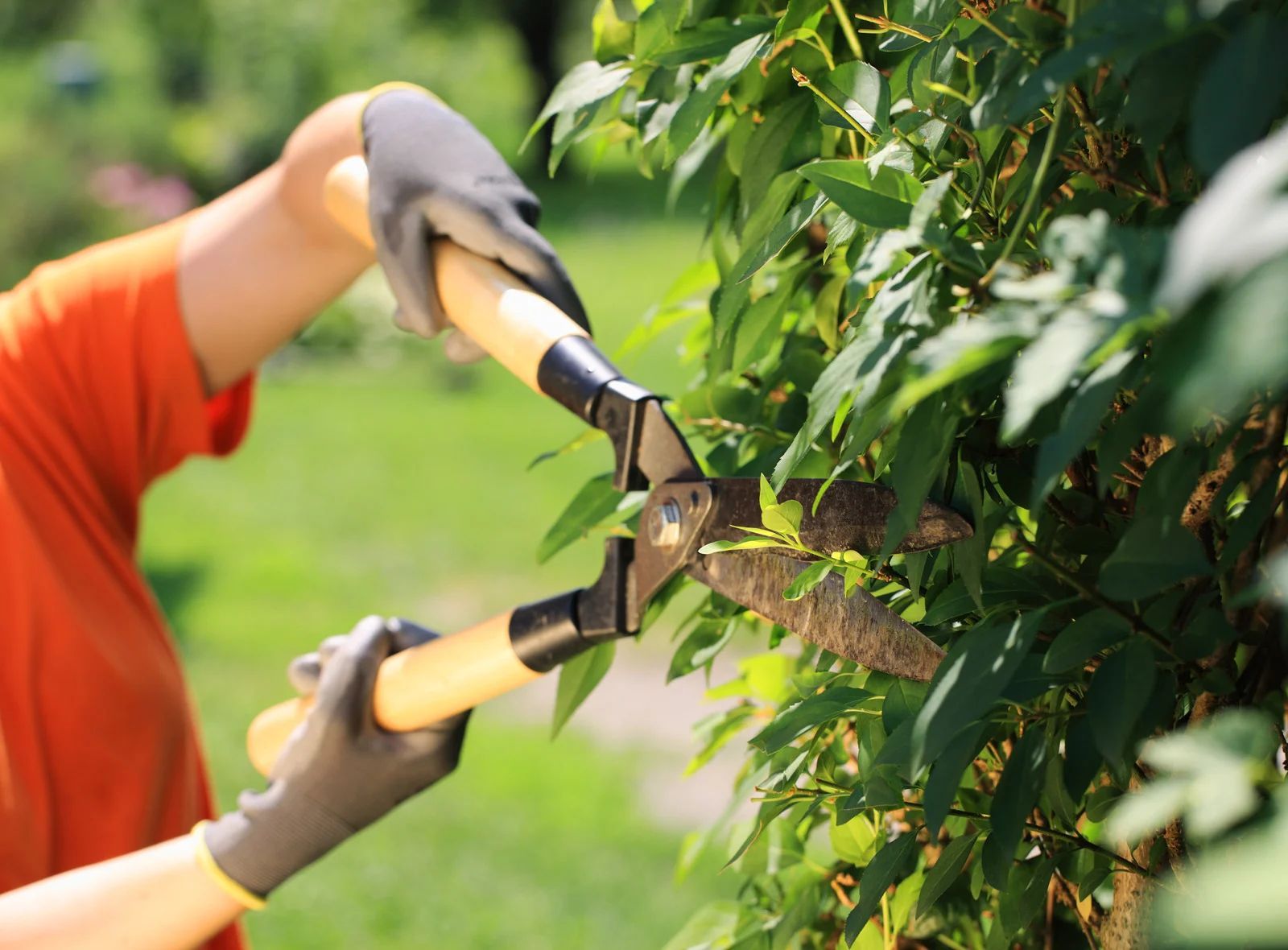How to Know When a Tree Needs to Be Removed
Trees are an essential part of your landscape, providing shade, beauty, and fresh air. However, just like any other living organism, trees can age, weaken, or become diseased, requiring removal for safety and aesthetic purposes. While it's always tempting to keep a tree around, it's essential to know when it poses a risk to your property or the people around you. Here are key signs that a tree may need to be removed:
1. Dead or Dying Branches
Dead branches are a clear indicator that something is wrong with the tree. These branches don’t have access to nutrients and can pose a danger by falling, especially during storms. If the tree has numerous dead branches or large limbs that are visibly decayed, it may be time to remove the tree. If the tree’s canopy shows signs of significant thinning, that’s another red flag that the tree is no longer thriving.
2. Leaning or Tilting Tree
A tree that is leaning significantly could be a result of root decay, soil erosion, or a disease weakening the structure. Trees that lean more than 15 degrees may eventually topple over, especially during strong winds or storms. If the tree appears to be unstable or leans toward a building, driveway, or power lines, it should be assessed for removal.
3. Signs of Disease or Pests
Trees can fall victim to diseases and pests, which can weaken their structure. For example, fungal growths, such as mushrooms at the base of a tree, may indicate root rot or decay. Other signs to watch for include peeling bark, holes in the trunk, or sawdust at the base of the tree, which can suggest the presence of insects like termites. If the infestation or disease is too widespread, the tree might need to be removed to prevent further damage.
4. Roots Are Damaged or Exposed
The roots are the foundation of a tree, and when they become damaged or exposed, the tree becomes unstable. Exposed roots can make a tree more vulnerable to environmental stressors like high winds, flooding, or drought. If the roots are visibly cracked, rotting, or undermining nearby structures such as sidewalks, driveways, or foundations, the tree might need removal.
5. The tree is in a Dangerous Location
Sometimes, the location of the tree can be more of a hazard than the tree itself. A tree that is growing too close to power lines, buildings, or other structures can cause serious damage if it falls. In these cases, the risk of injury or property damage outweighs the benefits of keeping the tree.
6. Overcrowding with Other Trees
In some cases, trees may need to be removed simply because they are competing for space and resources. When trees are overcrowded, their roots, leaves, and branches compete for sunlight, nutrients, and water. This can cause some trees to weaken or die, leaving them more susceptible to disease. Removing a crowded tree allows others to thrive and maintain a healthier landscape.
If you're noticing any of these signs in the trees around your property, it's time to call in an expert. At J & J Stump & Tree Removal, based in Salem, OR, with over 30years of experience, we specialize in tree removal and stump grinding. Our team is dedicated to safely and efficiently removing trees that pose a risk to your property and loved ones. Contact us today for a consultation and ensure the safety of your landscape.





